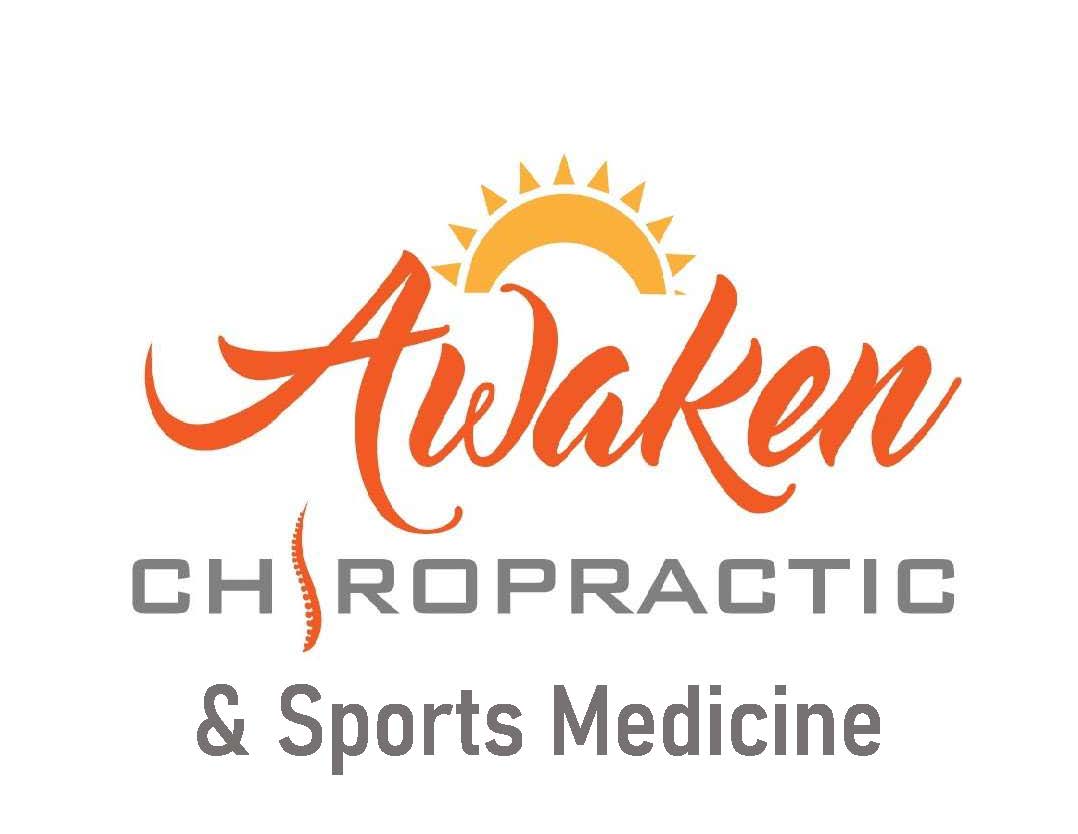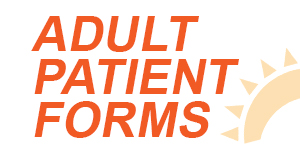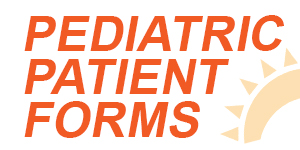Golfing is often seen as an easy sport that requires very little effort. However, those who have walked 18 holes without a golf cart know that this is far from the truth.
Golf requires significant coordination, endurance, and strength. Injuries are common in this sport, and they can affect every area of one’s life.
In this article, we’ll review three of the most common golfing injuries and demonstrate how a trip to your Parker chiropractor can help to reduce the severity of these ailments.
Injury #1: Golfer’s Elbow
If an injury is named after a sport, you can bet that athletes who participate in said sport suffer from the issue regularly!
Golfer’s elbow, also known as medial epicondylitis, is an inflammatory condition that affects the inner portion of the elbow. This issue is usually caused by repetitive strain and poor body mechanics.
For instance, a golfer who has not been out all year may begin to develop golfer’s elbow if he goes out for ten days straight and hits 1000 balls at the range. This huge volume of exercise can cause inflammation in the elbow, and severe pain.
Alternatively, an office worker could experience this condition as well from a slightly different motion. Picture someone working on an assembly line, lifting boxes all day long. If he or she is not using proper body mechanics, by keeping the wrists straight and not bending them in, he or she will put significant strain on the inner elbow. After weeks, months, or years of this repetitive, inappropriate motion, the person may develop golfer’s elbow.
Injury #2: Carpal Tunnel Syndrome
Carpal tunnel syndrome is an issue that affects the wrist and hand. This is one of the most common wrist injuries from golf, and one of the most common golf injuries in general.
The carpal tunnel is a band of tissue that runs from side to side on the wrist. Beneath the carpal tunnel, there are a variety of tendons, arteries, and nerves. One of these nerves is the median nerve. If the carpal tunnel becomes tight, or the person performs repetitive wrist and hand motions for many months on end without rest, the median nerve can become pinched.
When the median nerve is pinched, golfers may begin to feel numbness in their hand, specifically in their thumb, pointer finger, and middle finger. Over time, this numbness can progress to weakness, and some patients may soon not be able to feel their hand at all or use it effectively.
Injury #3: Hip and Back Pain
Many golfers complain of hip pain and back pain after a round on the links. The hips and trunk are important for swinging a golf club, and golfers need to have good mobility in this part of the body.
When the hips are stiff and immobile, the golfer often compensates by using the trunk, leading to back and hip pain. This is a debilitating issue that tends to get worse over time.
Worse yet, hip pain and back pain can be compounded by walking on and off the course. Therefore, it’s critical to nip this issue in the bud before it progresses to a long-term problem. Stretching, strengthening, and getting regular chiropractic care go a long way toward decreasing the severity of these issues.
Are you getting ready for golf season? If so, you should be sure to stop in to see your Parker chiropractor at Awaken Chiropractic. We can help you increase your mobility and strength throughout your entire body, enabling you to have a successful, pain-free golf season. Book your session with us now!






